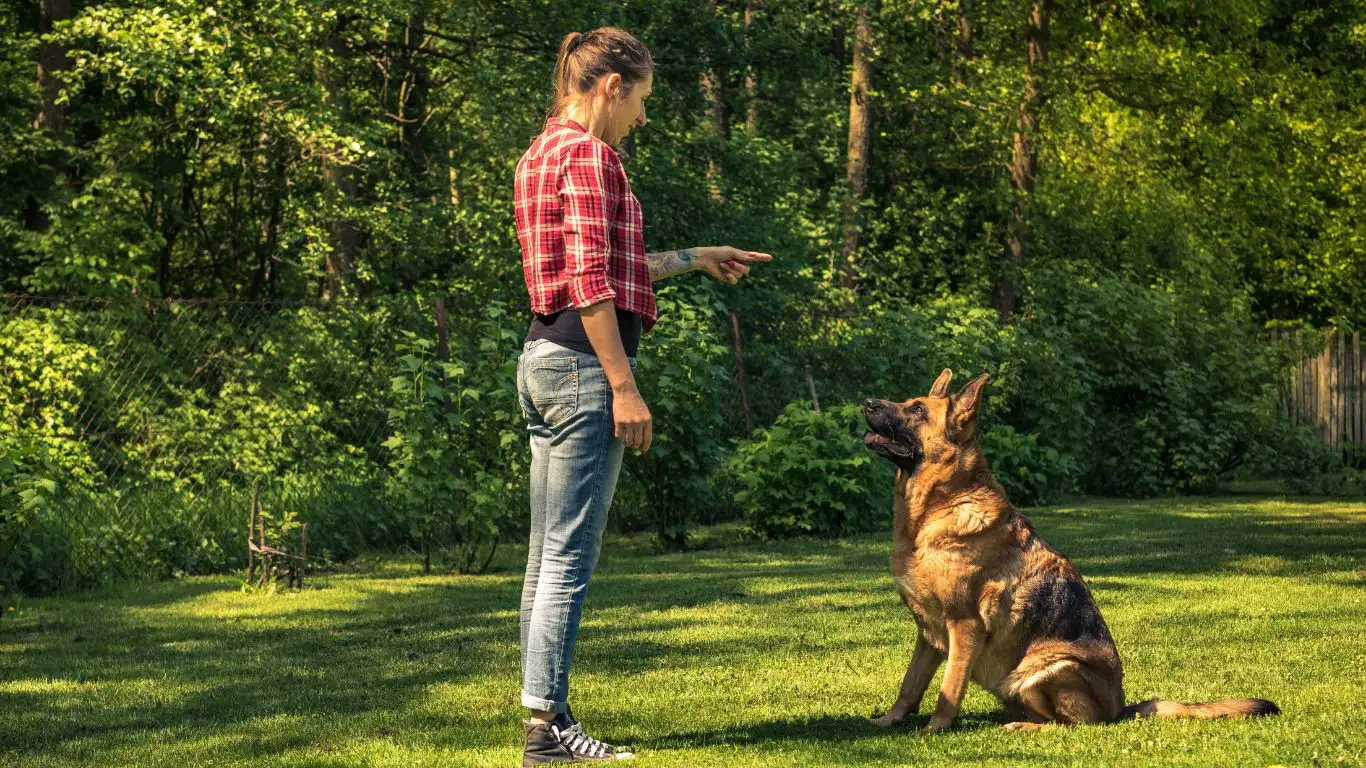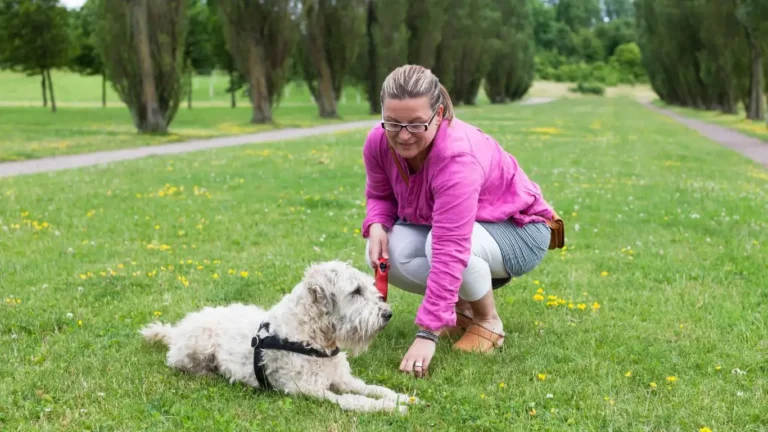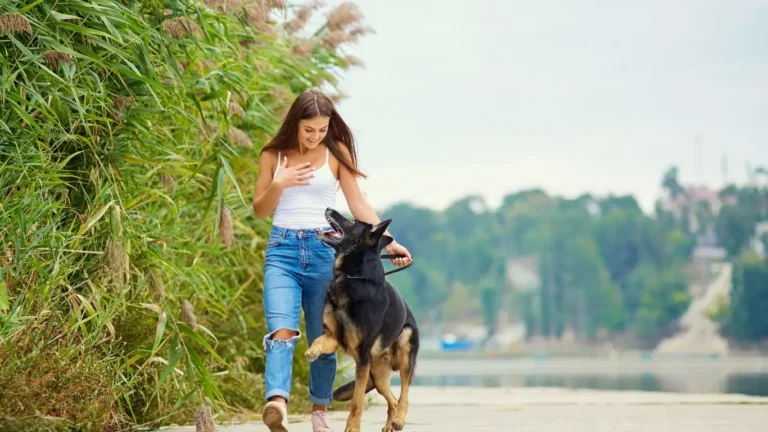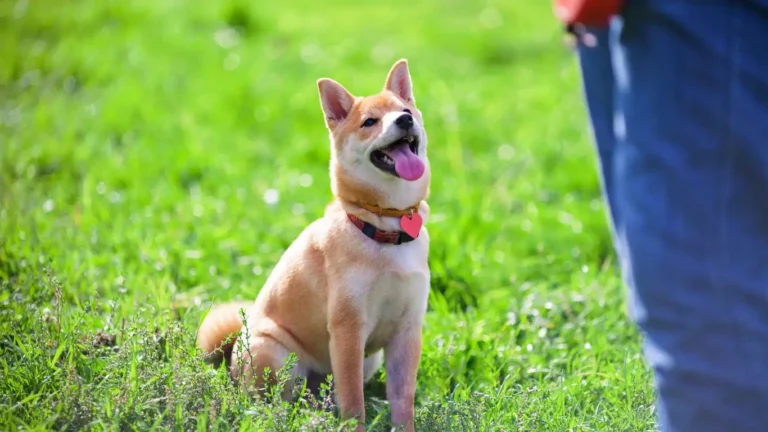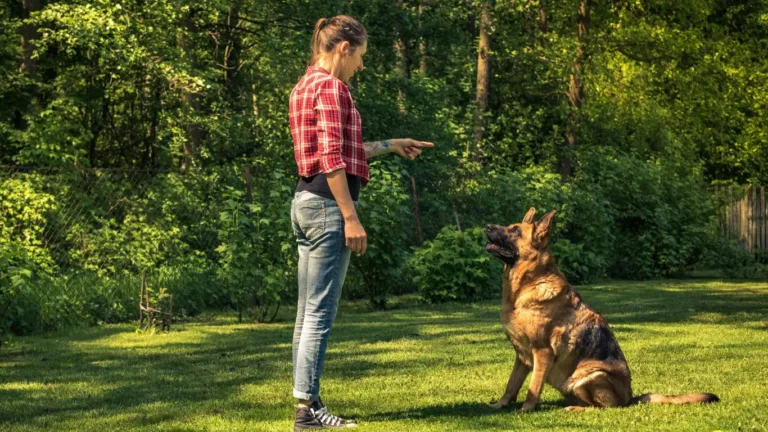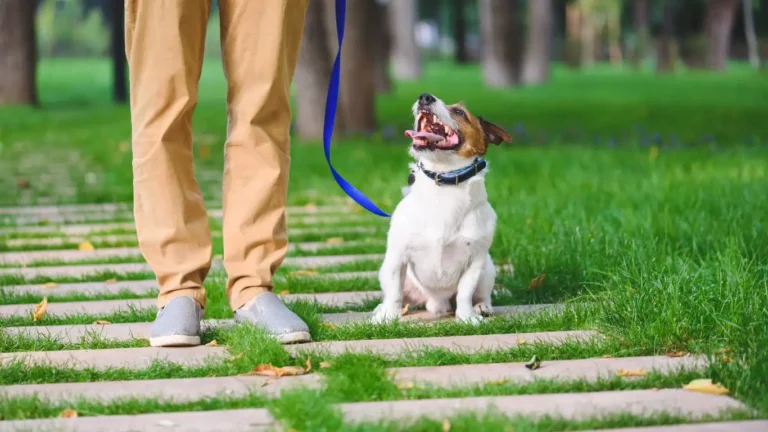How to Train a Dog to Stop Whining When Left Alone – Expert Tips
As a Certified Professional Dog Trainer (CPDT-KA), I’ve had the privilege of working with countless dogs and their owners to solve behavior problems. One of the most common issues I encounter is excessive whining when dogs are left alone. It’s a behavior that not only stresses out your dog but can also drive you a little crazy as well. So, if you’re wondering how to train a dog to stop whining when left alone, you’re in the right place. In this guide, I’ll walk you through some tried-and-true methods, sharing real-life examples, tips, and insights to help both you and your dog feel more comfortable during those alone times.
Understanding Why Dogs Whine When Left Alone
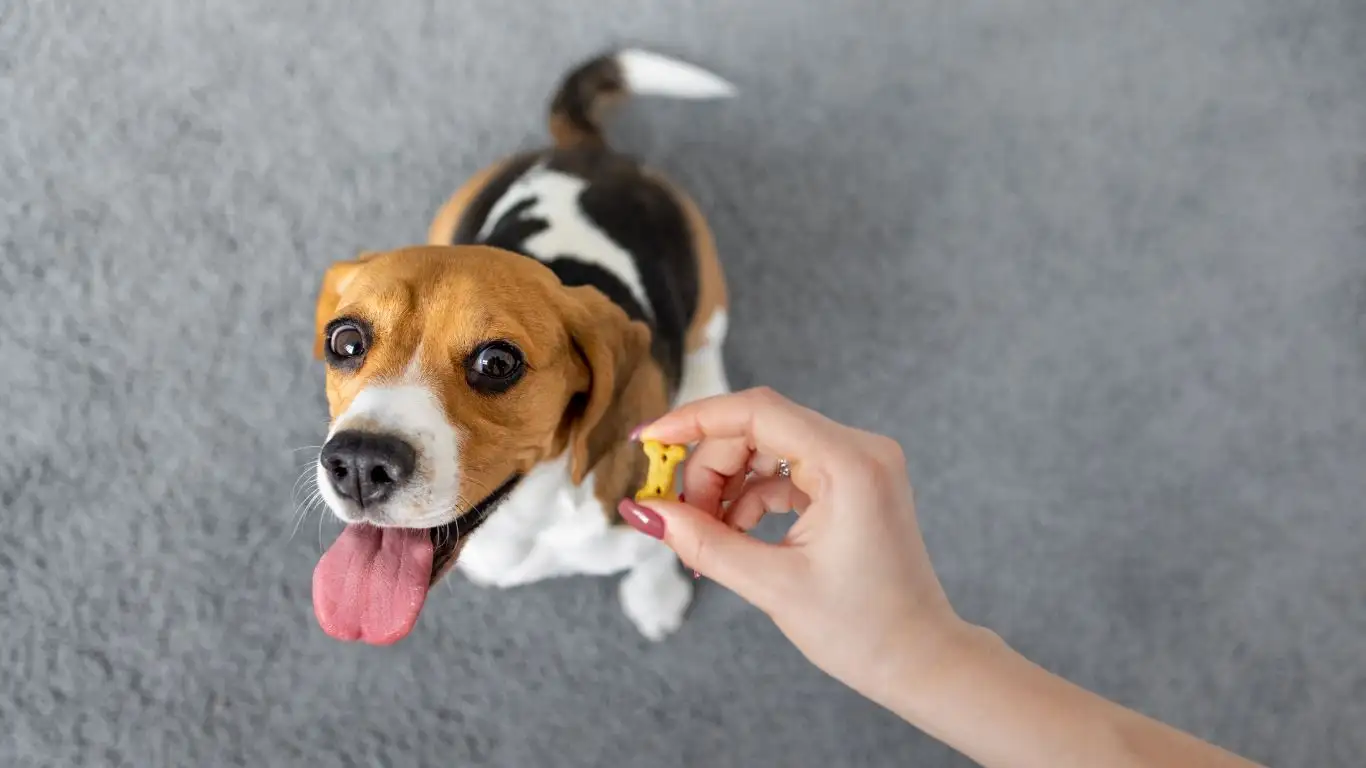
Before we dive into the training techniques, it’s important to first understand why dogs whine when left alone. This behavior often stems from a dog’s anxiety, frustration, or even boredom. Dogs are social animals by nature, and they thrive on companionship and routine. When they suddenly find themselves alone, it can feel like a scary or confusing situation.
Some dogs whine because they feel insecure or fearful, especially if they’ve been separated from their owners in the past for long periods. Others may whine out of boredom if they’re not given enough mental or physical stimulation before being left alone. And then, there are dogs who whine simply because they’ve learned that this gets them attention—whether it’s positive or negative.
The Connection Between Separation Anxiety and Whining
Separation anxiety is a big reason why dogs whine when left alone. This condition occurs when a dog becomes overly attached to their owner and reacts negatively to being separated. Whining is one of the most common signs of separation anxiety. It’s not just a nuisance; it’s a sign that your dog is struggling emotionally. These dogs often exhibit other symptoms, such as destructive behavior, excessive drooling, or even accidents inside the house when left alone.
It’s important to differentiate between normal whining (which might happen occasionally, like when they want attention) and the whining caused by anxiety. If your dog’s whining is accompanied by other signs of distress, it’s worth considering whether separation anxiety might be at play.
Setting the Stage for Successful Training
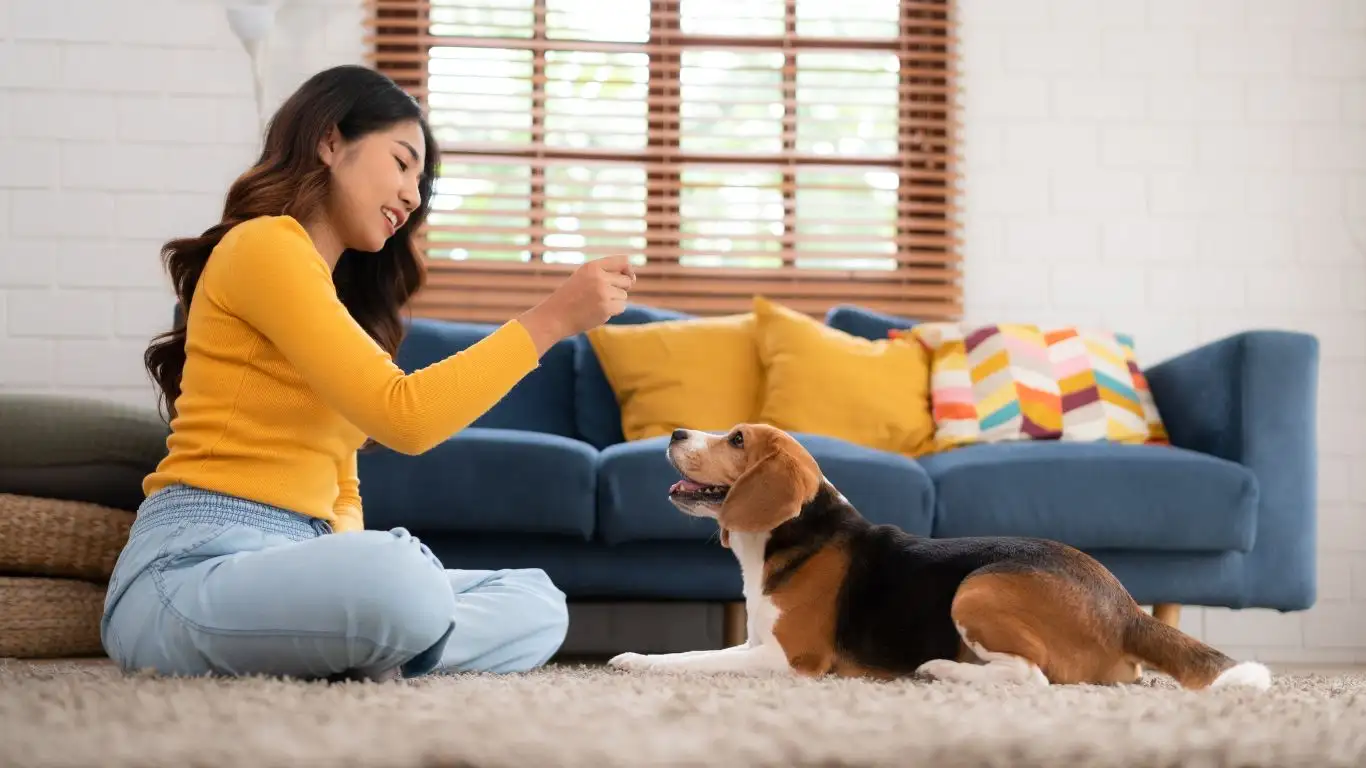
Training a dog to stop whining when left alone requires patience, consistency, and understanding. The first step is to set the right foundation. You’ll need to create a comfortable environment for your dog to feel safe and secure when you’re not around.
Start by making sure that your dog’s crate or designated space is cozy and inviting. Use soft bedding and maybe even a favorite toy or two. The idea here is to make their alone time feel less stressful and more like a peaceful retreat. Avoid using the crate as a punishment space, as this will only increase anxiety and worsen the whining problem.
Creating a Consistent Routine
Dogs thrive on routine. If your dog is used to a specific routine, they’re more likely to accept when it’s time for you to leave. Start by establishing a routine for when you come and go. Consistent departures and arrivals help reduce the unpredictability of your comings and goings, which can be a major trigger for anxiety.
- Start leaving for short periods, gradually increasing the time you’re gone.
- Always provide a treat or a toy to distract your dog when you leave.
- Return home calmly, avoiding any over-the-top greetings when you come back.
Consistency is key! If you always leave at the same time and follow the same ritual, your dog will begin to understand that being left alone is just part of their day and that it doesn’t mean something scary or bad is happening.
Gradual Desensitization: The Slow and Steady Approach
Gradual desensitization is one of the most effective training methods to help your dog get used to being alone without feeling anxious. It involves gradually increasing the time you’re gone while making sure your dog remains calm during each separation. The goal is to help your dog realize that your leaving isn’t a big deal and that it doesn’t mean they’re being abandoned forever.
- Start with brief absences (just a few minutes) and increase the time slowly.
- During each departure, make sure your dog is distracted with a puzzle toy or treat to keep them engaged.
- If your dog starts to whine or show signs of stress, return to a shorter departure time and slowly work your way back up.
The gradual desensitization method can take some time, so be patient. Keep your expectations realistic and celebrate small victories. Each successful step brings your dog closer to feeling comfortable and confident when alone.
Using Positive Reinforcement to Reinforce Calm Behavior
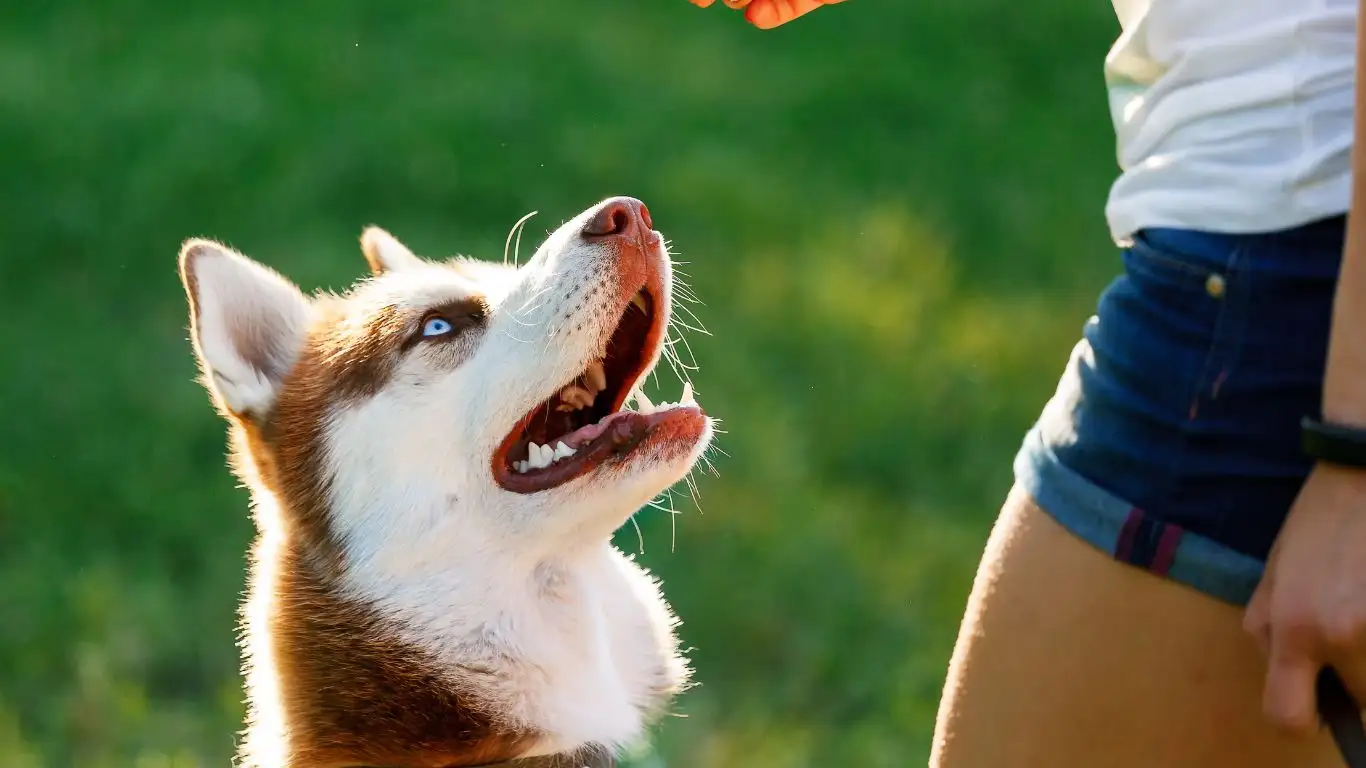
Positive reinforcement is one of the most powerful tools in any dog trainer’s toolkit, and it’s especially effective when addressing whining behavior. The goal is to reward calm, quiet behavior rather than reacting to the whining itself.
Here’s how you can use positive reinforcement in this context:
- When you leave, don’t give your dog attention until they are calm and quiet for at least 5 seconds. This teaches them that calm behavior is what gets them rewarded.
- When you return, don’t make a big fuss. Instead, reward your dog only when they’re calm and relaxed.
- If your dog starts whining during your absence, avoid giving attention until they stop. Reward the silence with praise or a treat.
It’s essential to stay consistent with this method. If you inadvertently reward your dog for whining by giving them attention, it’ll only reinforce the behavior. Over time, your dog will begin to understand that whining doesn’t result in rewards, but calm behavior does.
Using Crates and Playpens Effectively
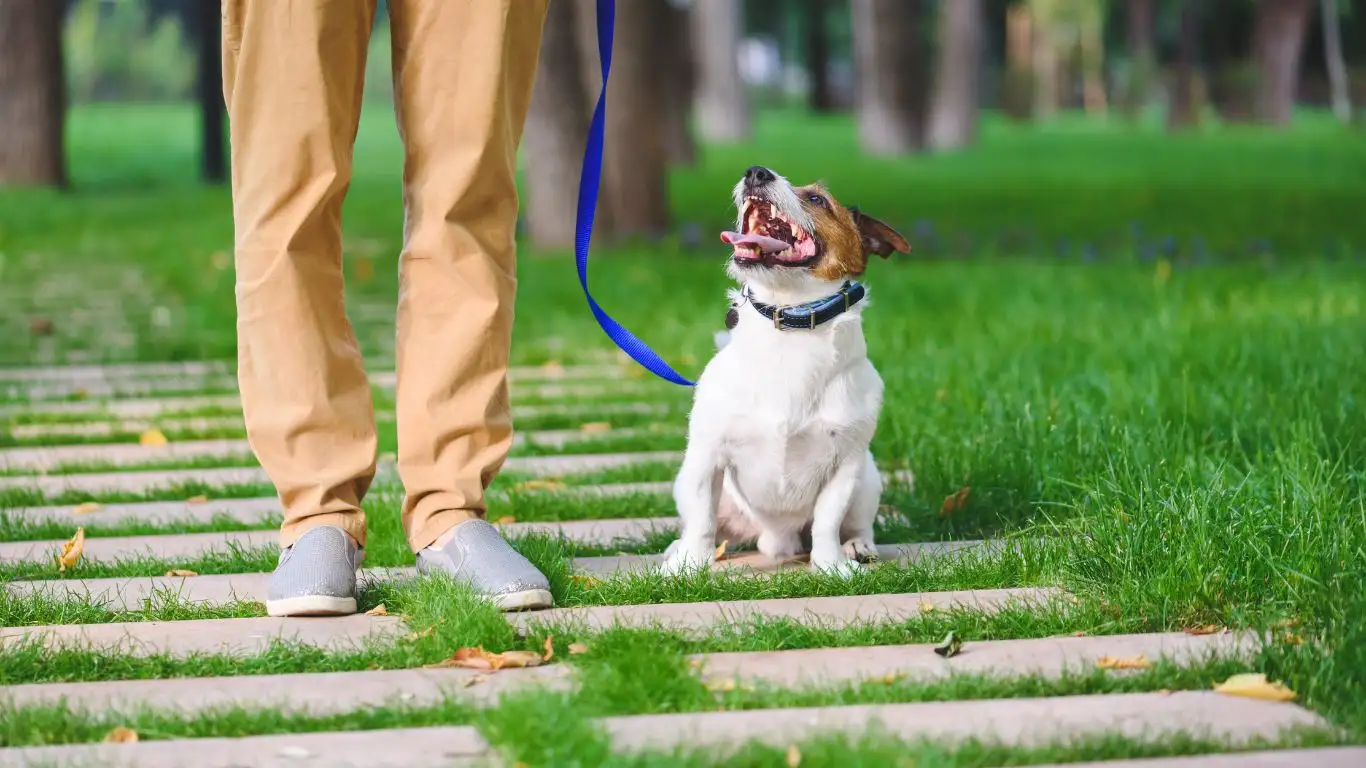
One of the most common tools I recommend to my clients when working on reducing whining is crate training. Now, I know that the idea of crating your dog might sound a bit controversial to some, but done right, it can be a game-changer. Crates aren’t punishment devices; they’re actually safe spaces that many dogs come to associate with comfort and security.
The key to successful crate training is to make the crate a place your dog actually enjoys. That means introducing the crate slowly and making sure it’s linked with positive experiences. Never use the crate as a form of punishment because that will make your dog associate it with negative feelings, which can increase anxiety and, you guessed it—more whining.
Gradually Increasing Alone Time in the Crate
Start by encouraging your dog to spend short periods of time in the crate with the door open. Toss in some tasty treats or a favorite toy to make the crate feel like a fun, positive place. Once your dog is comfortable going in and out of the crate, you can begin to close the door for brief moments, slowly increasing the time they’re inside. Keep the experience short and sweet at first, and gradually build up to longer durations.
The goal here is for your dog to start seeing the crate as their personal den—something that’s a safe and enjoyable retreat, not a place of isolation. This process will help them feel more secure when they’re left alone in it, reducing the likelihood of whining when you’re away.
Exercise and Mental Stimulation: The Key to a Calm Dog
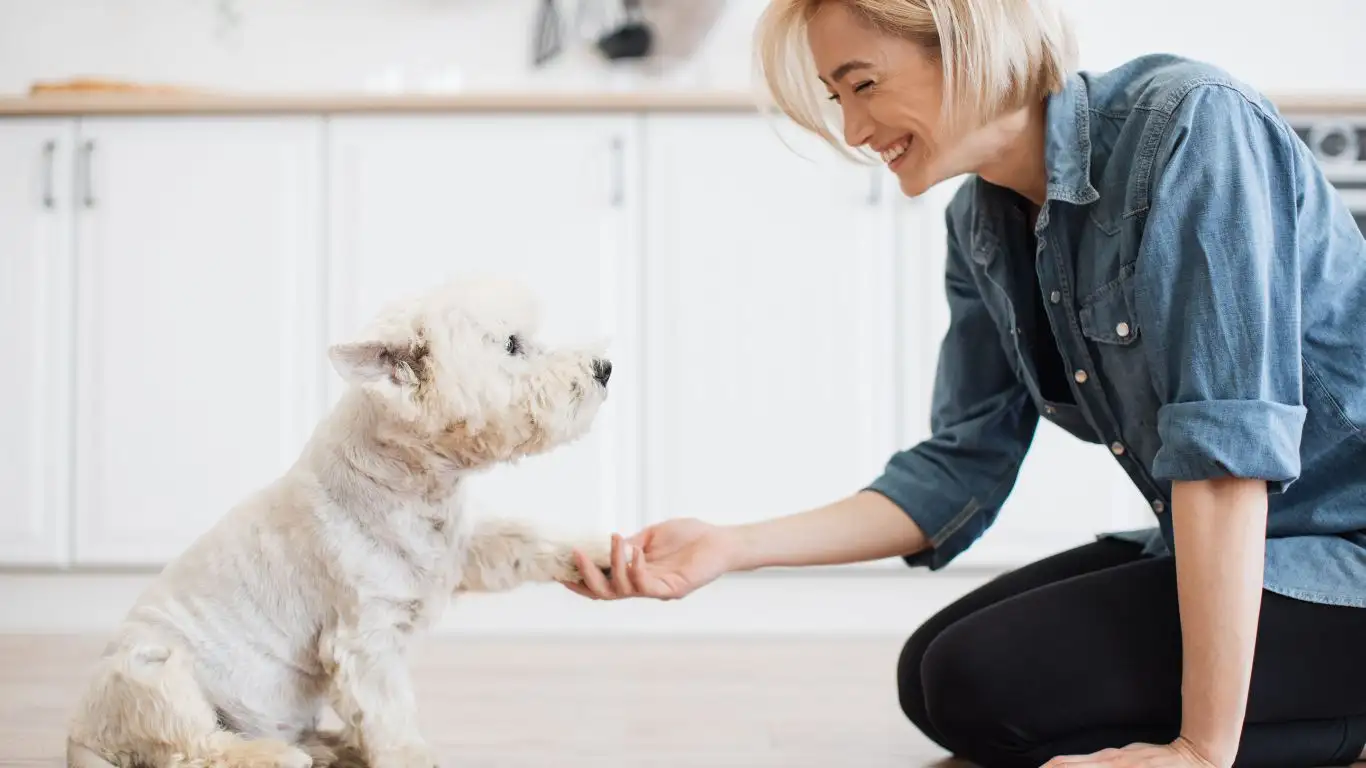
One thing I always stress to pet owners is the importance of making sure your dog gets enough exercise and mental stimulation. If your dog is exhausted physically and mentally, they’ll be less likely to whine or get anxious when left alone. Think about it—you’re not going to have a peaceful evening if you’re tired and restless, right? Well, your dog feels the same way!
Before leaving your dog alone, try to wear them out a little bit. A good walk, a game of fetch, or even a short training session can help tire them out. But don’t forget to give them mental stimulation, too. Puzzle toys, interactive feeders, or treat-dispensing toys are fantastic for keeping their brain engaged. These tools can distract your dog and provide them with something to focus on during the time they’re alone, which can go a long way in reducing whining.
Physical Exercise: Walks and Playtime
Let’s start with the basics—physical exercise. A well-exercised dog is often a tired dog, and a tired dog is much more likely to relax when alone. Depending on your dog’s breed, age, and energy levels, their exercise needs can vary. Some dogs require long, vigorous walks or runs, while others may be perfectly content with a short stroll or a game of tug-of-war. The key is to make sure your dog is physically tired before you leave them.
If you’re finding that your dog still has a lot of pent-up energy after a walk, consider playing an interactive game with them. Tug-of-war, fetch, or even hide-and-seek (yes, I said hide-and-seek!) can tire out both their body and mind. The more you can tire them out before you leave, the more likely they are to nap during your absence rather than whine.
Mental Stimulation: Keep Their Brain Busy
Physical exercise is important, but mental stimulation is just as crucial. Mental exercise tires out a dog in a different way, keeping their brain occupied and helping prevent boredom. That’s where puzzle toys come in! I love using puzzle toys in my training sessions because they keep dogs engaged and provide a challenge without being overwhelming. It’s a fun way for your dog to “work” for their food or treats, and they’ll love it!
Consider investing in a treat-dispensing toy, like a Kong, or a puzzle feeder that forces your dog to think. I’ve had dogs who were chronic whiners when left alone, but once their owners started using interactive toys, they noticed a significant drop in the whining. It gives your dog something to do while they’re alone, which can help prevent anxious behavior.
Addressing the Underlying Anxiety with Professional Help
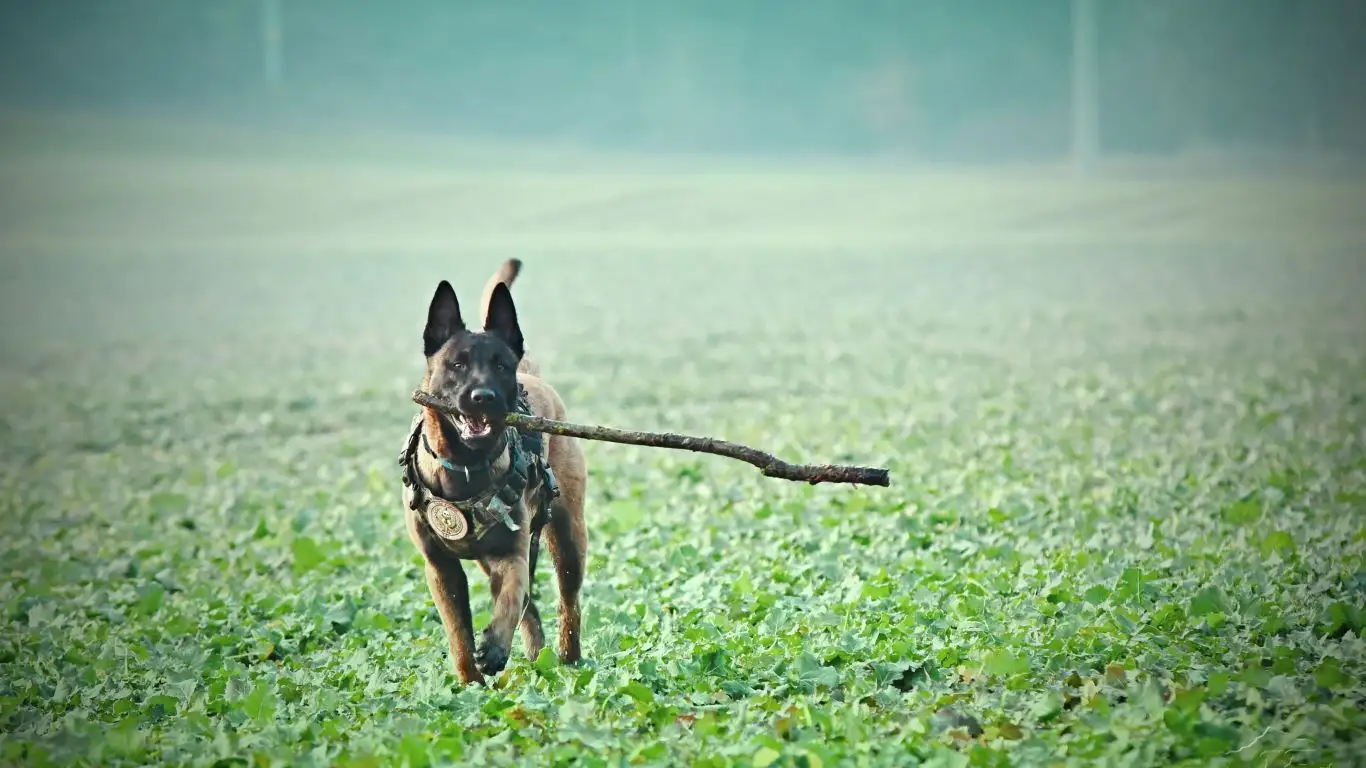
Sometimes, despite our best efforts, a dog’s whining behavior just doesn’t improve as quickly as we’d like. If you’ve been working on the training exercises, creating a safe and comfortable environment, and ensuring your dog is mentally and physically engaged—and you’re still dealing with constant whining—it might be time to consult a professional.
As a dog trainer, I’ve worked with many dogs who had severe separation anxiety. In these cases, the dog’s anxiety was so intense that the usual training methods just didn’t cut it. A professional trainer can help assess your dog’s behavior and develop a personalized training plan tailored to their specific needs. They can also help you implement behavior modification techniques that go beyond what you might be able to do on your own.
When to Seek Veterinary Assistance
In some cases, the anxiety causing your dog’s whining could be more serious than just a training issue. If your dog’s separation anxiety is severe, causing them to exhibit destructive behavior or physical symptoms like vomiting or excessive drooling, it may be time to consult with a veterinarian. A vet can rule out any underlying medical conditions that might be contributing to the anxiety and may even prescribe medication to help your dog cope with their emotions.
Don’t be afraid to reach out for help. In my experience, the sooner you address severe anxiety, the quicker you can start seeing improvement. Every dog is different, and what works for one dog may not work for another. A professional can guide you through the process and ensure your dog gets the help they need.
Reinforcing Positive Behavior with Consistency
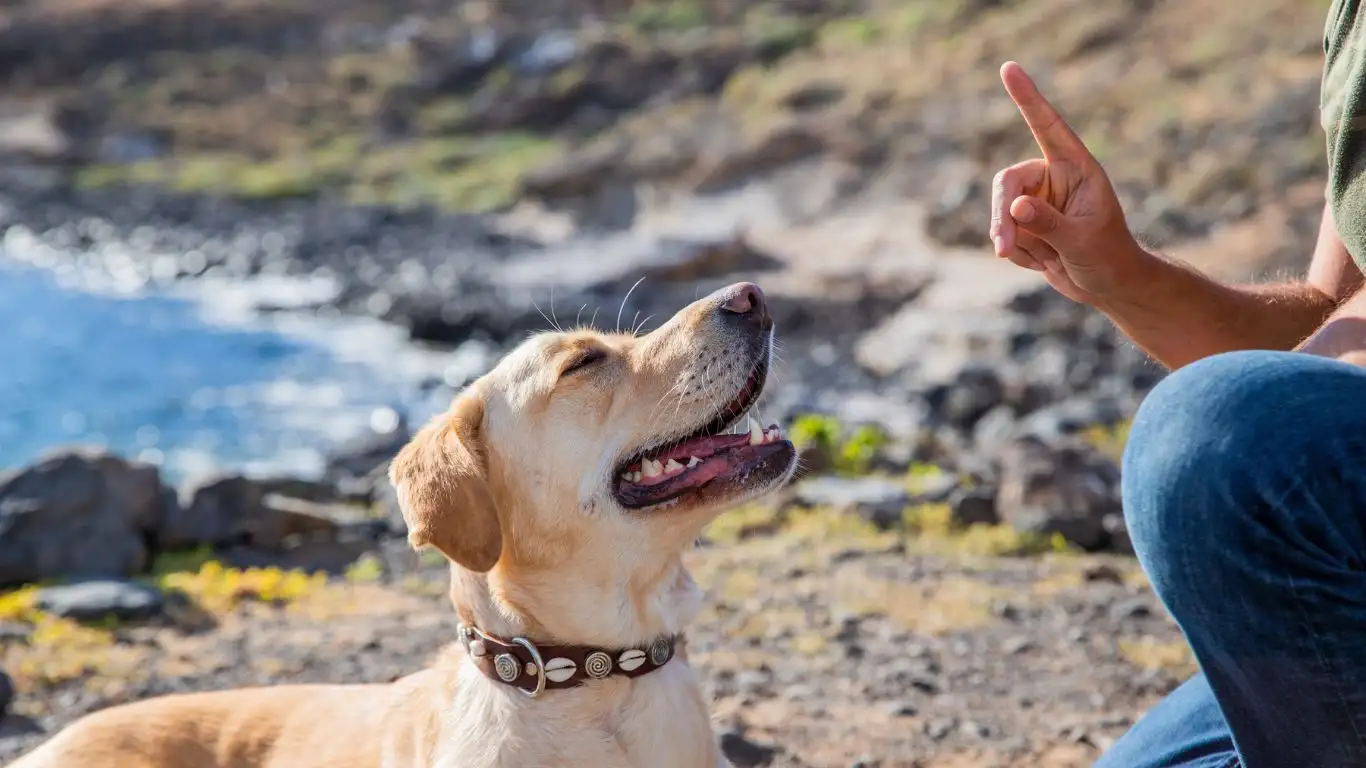
Now that we’ve covered several strategies for reducing whining, it’s time to talk about the power of consistency. As a dog trainer, one thing I can’t stress enough is how vital it is to maintain consistent rules and routines for your dog. Inconsistent training and mixed signals are one of the most common reasons dogs don’t improve with their behavior. It can get frustrating when it feels like you’re not getting anywhere, but trust me—sticking to your training plan is the key to success.
If you reward your dog for calm behavior one day but inadvertently give in to whining the next, you’re sending mixed messages. Your dog won’t know whether whining is a behavior that will earn them attention or whether calmness is the way to go. So, consistency isn’t just important for your dog—it’s also important for you, as the owner!
Stick to the Training Plan
When you’re working on any behavior issue, including whining, sticking to the training plan is crucial. Here’s a simple rule I always follow with clients: don’t reward whining, ever. Even if it’s hard to hear your dog whine or if you feel guilty leaving them alone, you must avoid giving in. Over time, they’ll learn that calmness is what gets them the attention and rewards, not the whining.
It’s also worth noting that the more you stay consistent with the routine—whether it’s crating, leaving for short periods, or providing a toy to distract them—the quicker your dog will adjust. Dogs are creatures of habit, and when they see that their behavior leads to predictable outcomes, they’re more likely to fall into line.
Using the Power of Distractions: Toys and Treats
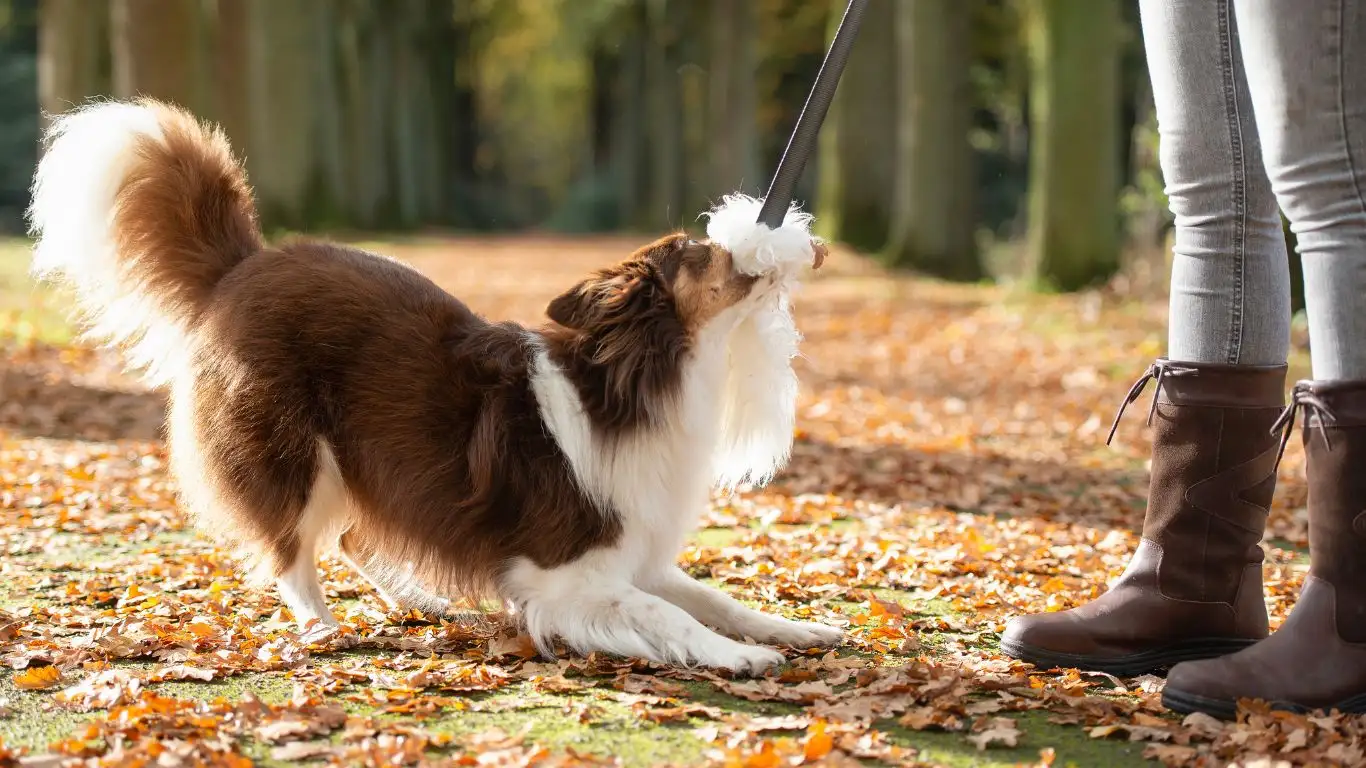
Another key tool I love using in training is the power of distraction. Sometimes, when your dog is left alone, they can start thinking, “Hey, I’m alone, this is boring, and I want attention!” To combat this, you can redirect their focus onto something positive and engaging. This is where toys, puzzle feeders, and tasty treats come in.
Before you leave, make sure you’ve given your dog a good distraction. This doesn’t mean just tossing them a random toy and walking out the door. No, no! This is about making sure the distraction is something that will keep them entertained for a decent amount of time and keep their mind active. I always recommend toys that involve some level of problem-solving—like treat-dispensing toys or puzzle feeders. These toys are great because they engage your dog’s brain and prevent them from getting bored or anxious when they’re alone.
Favorite Distractions: Puzzle Toys and Food Stuffed Kongs
One of the best distractions you can give your dog is a stuffed Kong. You can fill it with peanut butter, yogurt, or even some tasty kibble. Freeze it to make it last longer, and voilà—you’ve got a fun, time-consuming activity for your dog that will keep them occupied while you’re gone. I’ve had clients who were struggling with whining, and after introducing a Kong into their dog’s routine, they noticed a major improvement. It’s all about finding what works best for your dog.
Another toy I love is a puzzle toy, where the dog has to solve the puzzle to get a treat. These are fantastic for providing mental stimulation and keep your dog engaged, so they’re less likely to focus on your departure. Over time, as your dog starts to associate being left alone with a fun puzzle or tasty treat, they’ll begin to feel more relaxed when you leave.
Be Patient: Managing Expectations
At the end of the day, it’s important to keep in mind that training your dog to stop whining when left alone isn’t a quick fix. Dogs are individuals, and what works for one may not work for another. Some dogs may pick up on training quickly, while others may take a little more time to adjust. As frustrating as it can be, patience is key.
In my experience, the dogs that make the most progress are the ones whose owners don’t rush the process. I know, it’s tough. We all want quick results, especially when we see our dogs struggling. But rushing can actually make things worse by increasing your dog’s anxiety. When you try to speed up the process or get frustrated, your dog can pick up on that stress, and it can affect the progress you’re trying to make. So, take a deep breath, and remember that small steps lead to big results!
Celebrate the Wins, Big and Small
One of the most rewarding parts of dog training is seeing the progress, no matter how small. Did your dog stay quiet for just a minute when you left the room? That’s progress! Did they not whine when you left the house for the first time in a week? That’s a win! Every step forward is a sign that you and your dog are making progress. So, celebrate those wins! Training is hard work, but when you start seeing improvements, it’s all worth it.
Disclaimer
It’s important to note that every dog is unique, and what works for one dog may not work for another. If you’re struggling with your dog’s separation anxiety or whining, and the training methods outlined here aren’t making a significant difference, it may be time to consult with a veterinarian or a professional dog trainer who specializes in anxiety-related behaviors. Always prioritize your dog’s well-being and consult with a professional when in doubt. For more information, please visit PawPatron.
